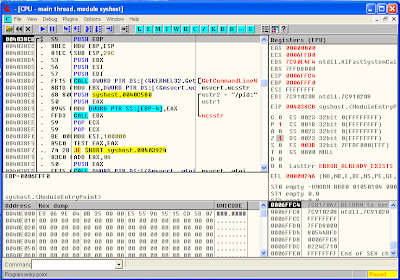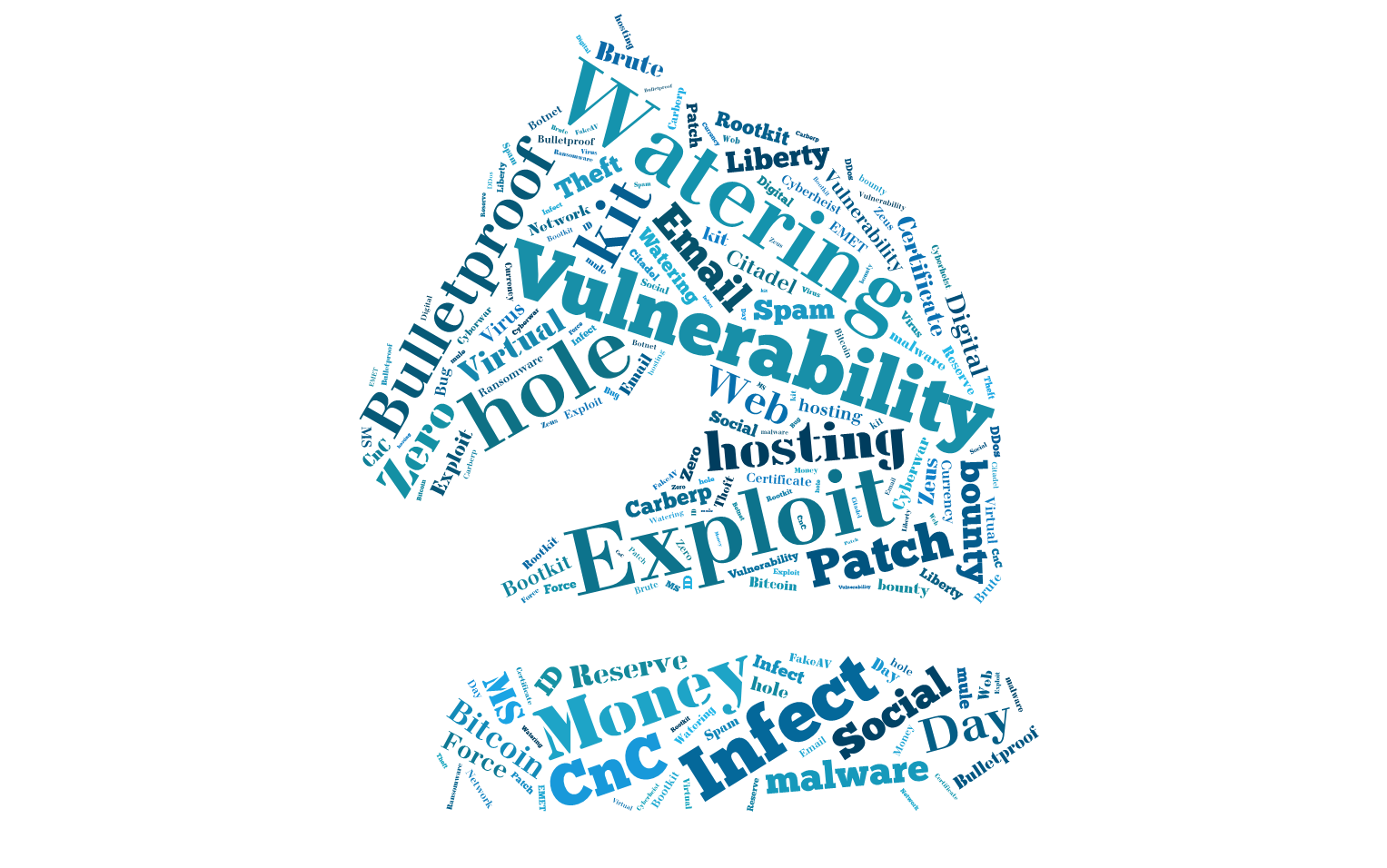
So not wasting more time here is brief introduction to Ollydbg.
As the name itself suggests OllyDbg is debugger and disassembler for Microsoft Windows PE(Portable Executable) files (32-bit) . According to the author , Oleh Yuschuk, OllyDbg is a 32-bit assembler level analysing debugger for Microsoft Windows. Emphasis on binary code analysis makes it particularly useful in cases where source is unavailable. The current version of OllyDbg cannot disassemble binaries compiled for 64-bit processors.


